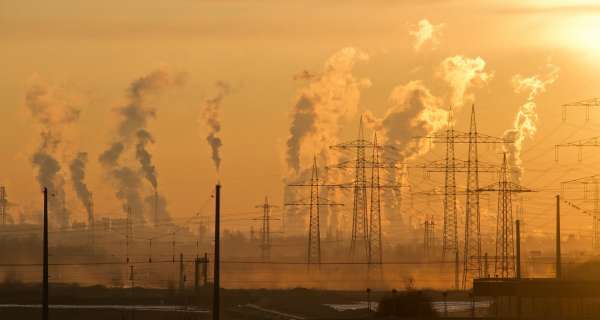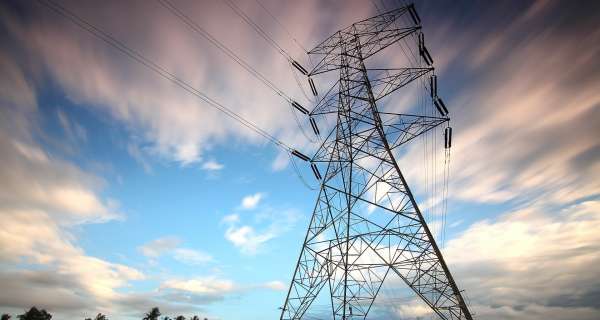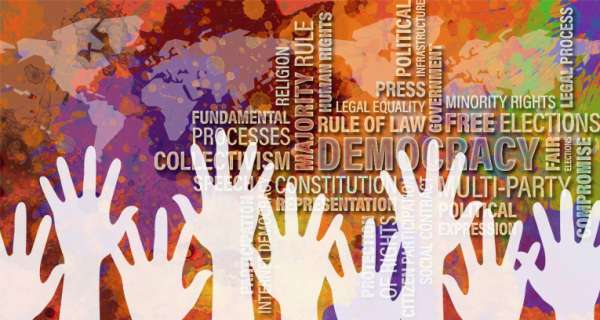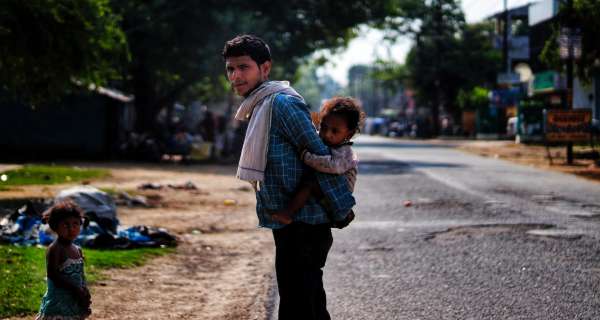Target 13.1: Strengthen resilience and adaptive capacity to climate-related disasters
UN definition: "Strengthen resilience and adaptive capacity to climate-related hazards and natural disasters in all countries."
Deaths and injuries from natural disasters - SDG Indicator 13.1.1
Definition: Indicator 13.1.1 is the "number of deaths, missing persons and directly affected persons attributed to disasters per 100,000 population".
Indicators measured here report mortality rates, internally displaced persons, missing persons, and total numbers affected by natural disasters.
Goal: By 2030 "strengthen resilience and adaptive capacity to climate-related hazards and natural disasters in all countries".
National disaster risk management - SDG Indicator 13.1.2
Definition: Indicator 13.1.2 is the "number of countries that adopt and implement national disaster risk reduction strategies in line with the Sendai Framework for Disaster Risk Reduction 2015–2030".
This indicator identifies countries that have and have not adopted and implemented disaster risk management strategies in line with the Sendai Framework for Disaster Risk Reduction.
Goal: By 2030 "strengthen resilience and adaptive capacity to climate-related hazards and natural disasters in all countries".
Local disaster risk management - SDG Indicator 13.1.3
Definition: Indicator 13.1.3 is the "proportion of local governments that adopt and implement local disaster risk reduction strategies in line with national disaster risk reduction strategies".
Goal: By 2030 "strengthen resilience and adaptive capacity to climate-related hazards and natural disasters in all countries".
Target 13.2: Integrate climate change measures into policy and planning
UN definition: "Integrate climate change measures into national policies, strategies, and planning."
Integration of climate change into national policies - SDG Indicator 13.2.1
Definition: Indicator 13.2.1 is the "number of countries that have communicated the establishment or operationalization of an integrated policy/strategy/plan which increases their ability to adapt to the adverse impacts of climate change and foster climate resilience and low greenhouse gas emissions development".
This indicator measures the number of countries signed on to multilateral agreements on climate change. Currently, this indicator does not reflect the levels of operationalization or implementation of climate mitigation and adaption action.
National commitments within the UNFCCC Paris Agreement vary by country depending on their Nationally Determined Contributions (NCDs) so are not directly comparable. In the additional charts below you will find data on national CO2 emissions, per capita emissions, and carbon intensity measures.
Goal: By 2030 "integrate climate change measures into national policies, strategies, and planning".
























0 Comments